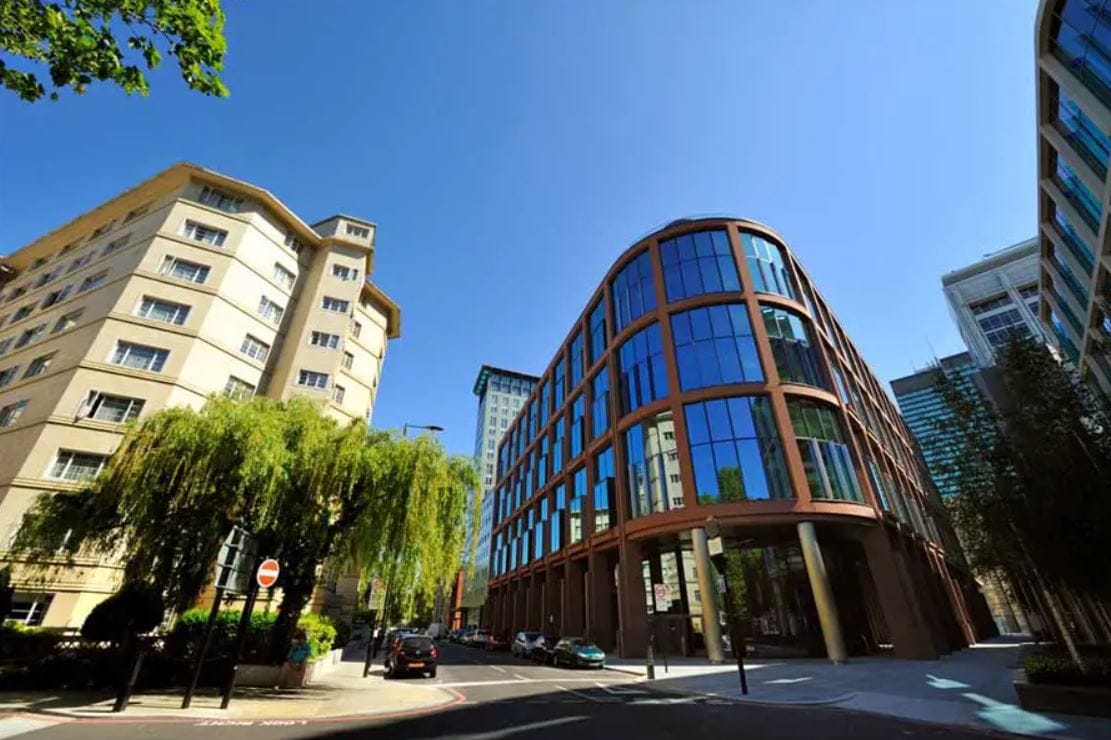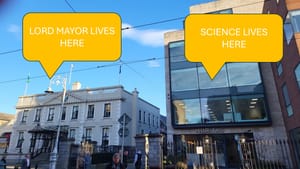From pandemic predictions to today’s reality
In May 2021, I wrote about how the pandemic could accelerate structural changes in the labour market. I suggested that remote work would permanently empty part of the office stock in major cities, and that these vacant spaces would gradually be taken over by science and innovation — sectors that require highly conditioned workplaces and cannot operate remotely. I imagined scientists becoming the new “neighbours” in our urban centres.
Four years later, I can say I was right… but only partially.
Major international investors have indeed poured into life science real estate, and cities like London, Boston and Amsterdam have seen a surge in laboratory-focused developments. But the idea of “street-level laboratories” — labs fully embedded in the everyday fabric of the city — has not materialised at the scale many of us anticipated. The obstacle is clear: municipal regulation has not yet adapted to facilitate this transition. The term “urban lab” is often used in planning circles, but without regulatory clarity it remains more aspiration than reality.
Where the urban lab is taking shape
Despite these challenges, several European cities are demonstrating what an integrated urban life sciences model can look like.







